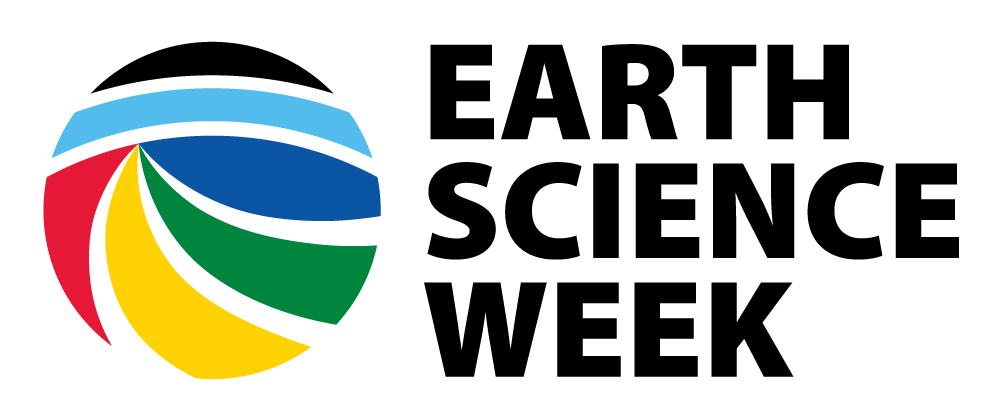Toasty Wind
Activity Source: NOAA
Grade Levels: 5-8
Background
Energy transfers are happening everywhere around us. Some we can feel or see, such as a gust of wind blowing through a tree. But where does the energy come from that drives that wind? With this activity, finding out will be a breeze!
Materials
- Paper plate or card stock
- Marker
- Scissors
- String (~3 inches)
- Hot plate or toaster
SAFETY NOTE: This activity uses a heat source and should be conducted with adult supervision.
Procedure
- As needed, turn on the hot plate or toaster to give it time to warm up.
- Cut off and discard the raised outer rim of a thin paper plate.
- Poke a small hole in the center of the plate and draw a circle around it.
- Starting at the circle, draw a spiral toward the outside of the plate. The spiral lines should be about 1 inch apart.
- Cut the plate along the spiral, then pick up the plate by the circle in the center of the spiral.
- Trim the end of the lower spiral as needed so it hangs down about 1–2 feet.
- Tie a knot at one end of a piece of string and pull the string up through the hole in the spiral so the knot supports the weight of the spiral.
- Hold the spiral by the string to position it over the hot plate or toaster. SAFETY: Be sure the spiral stays at least 4 inches above the heat source at all times.
- Observe what happens to the spiral as it is held over the hot plate or toaster.
Analysis
- Describe the energy transfer that occurred in this activity.
- Explain how temperature changes influence air movement and connect this to real-world wind patterns.
- Predict what would happen if the heat source was set to a lower temperature. What about a higher temperature? Explain your answer.
- If possible, test these variables.
- Use your predictions and/or results to describe how changes in climate can affect wind.
- View an image of Hurricane Matthew (2016). In what way is the spinning different for the model than for a hurricane?
Further Steps
Read about innovations that help keep offshore wind energy sustainable. Research the claim in the first sentence of this article to learn why winds over the ocean “tend to be stronger and more consistent than on land.”
NGSS Connections
- SEP: Developing and Using Models
- DCI: ESS2.A: Earth Materials and Systems
- CCC: Systems and System Models
